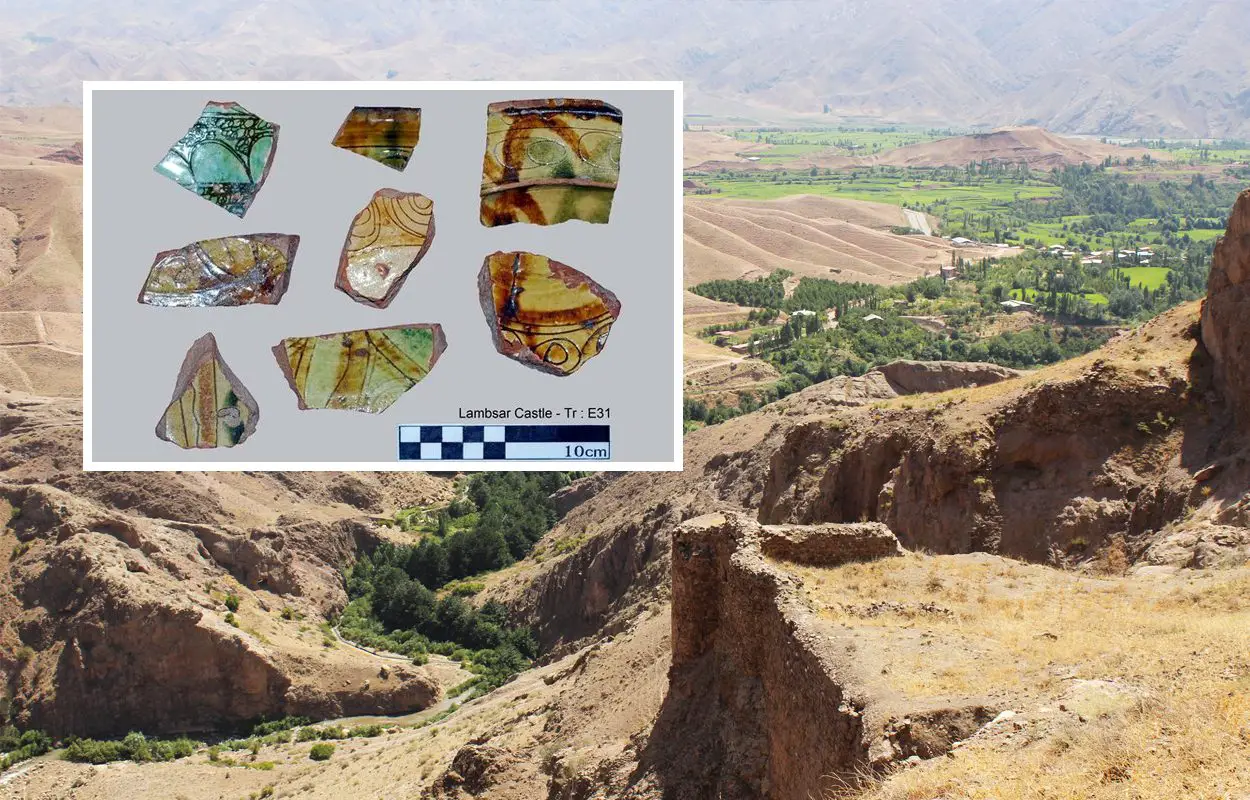Iranian archaeologists have uncovered astrolabe tile fragments during excavations of Lambsar Castle, located in the central Alburz mountains, Iran.
Lambsar Castle was one of many fortifications used by the Nizari Ismaili, a sect that established the Nizari State, also called the Alamut State, when followers of Nizarism split within Ismailism and formed their own branch of Shia Islam.
The state was founded by Hassan-I Sabbah (AD 1050 – 1124), who also created a fidā’i military group often referred to as the Batiniyya, Ta’limiyya, Isma’iliyya, Nizariyya, or in a Fatimid document written by Caliph al-Amir around AD 1120, the Hashshashin (meaning hashish smokers/users), which some scholars suggest the word “assassin” derives from.
The fidā’I group carried out espionage missions and assassinations of key enemies and political figures in public, including: three caliphs, a ruler of Jerusalem, and several Muslim and Christian leaders.
The State was centred on Alamut Castle, serving as their central base for establishing a foothold in the region. Hassan-I Sabbah extended his influence by taking over more strongholds and constructed new fortresses at strategic points
Lambsar Castle was captured by Kiya Buzurg Ummid, who was made a provincial governor by Hassan-I Sabbah, later naming him as his successor and second leader (da’i) of the Nizari Isma’ili. Kiya Buzurg Ummid rebuilt the fortress using local labour, which would stand as one of the last lines of defence against Mongol aggression in Persia.
A team of Iranian archaeologists led by project leader Kambiz Kabiri, have uncovered astrolabe tile fragments with single colours of turquoise, light blue, white, and black, dating back to the Middle Islamic Period.
The tiles were found in the castle’s western tower during a structural study to strengthen the foundations and conduct restoration works using existing collapsed masonry.
Header Image Credit : The Tehran Times (TT) – Creative Commons Attribution 4.0 International License





